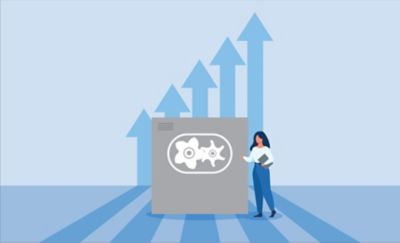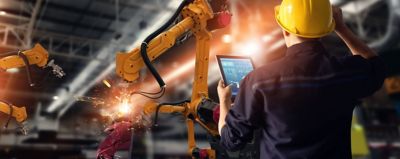The initial purchase price of the air compressor is only one of the expenses to be considered in the total cost of ownership (TCO).
The cost of buying a compressed air system is just the beginning. You also have to factor in the costs of maintaining it, buying spare parts, and using it. Another cost that is important to the calculation is downtime, which is the loss of productivity due to an unexpected system failure.
When buying a compressor it is essential to take into account the bigger picture and understand all the possible expenses and additional costs associated with the life cycle of the product.
There are several elements that determine the total cost of ownership:
- Purchase and installation of the product - Initial capital outlay to purchase the entire compressed air system, but also for the design and installation.
- Energy consumption - Costs associated with running the machine
- Maintenance - Service, spare parts and labor contracts
- Oil management - Costs of storage and disposal of oil
- Productivity - Planned downtime for routine maintenance
- Repairs - Costs related to unexpected breakdowns
- System - Replacement costs of disposal and replacement of the system
The purchase cost is not the most important factor, although it is generally the one that can influence the choice of the product.
Energy Consumption
Energy costs are typically the most important item of TCO because they are associated with the life of the compressed air system. The financial impact of energy costs can be up to 90% of the total cost of ownership. To maintain energy costs, it is possible to install a heat recovery system that allows to recover part of the thermal energy for the production of hot water or heating.
Maintenance Costs
Proper maintenance is essential to ensure a long life of the air compressor. Scheduling maintenance on a regular basis and based on compressor running hours allows the system to operate reliably and cost effectively.
Get tailored advice
Still have questions after reading? Our expert is ready to help you make sense of it all and guide you to the best solution.
Write to an Expert Today – Get the answers you need.






